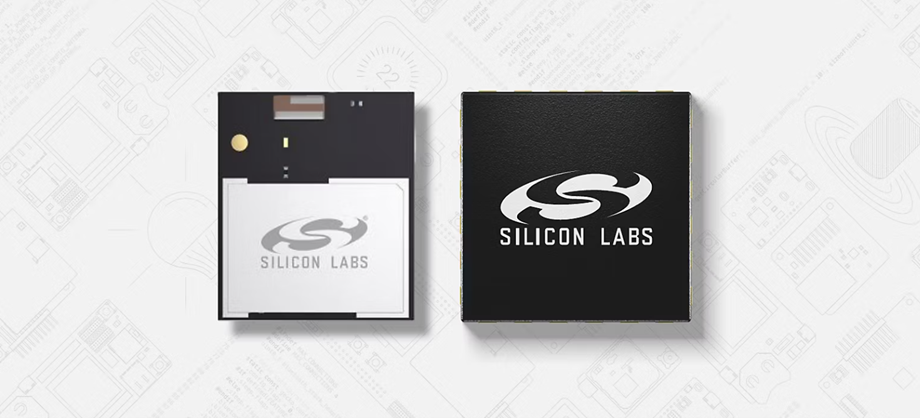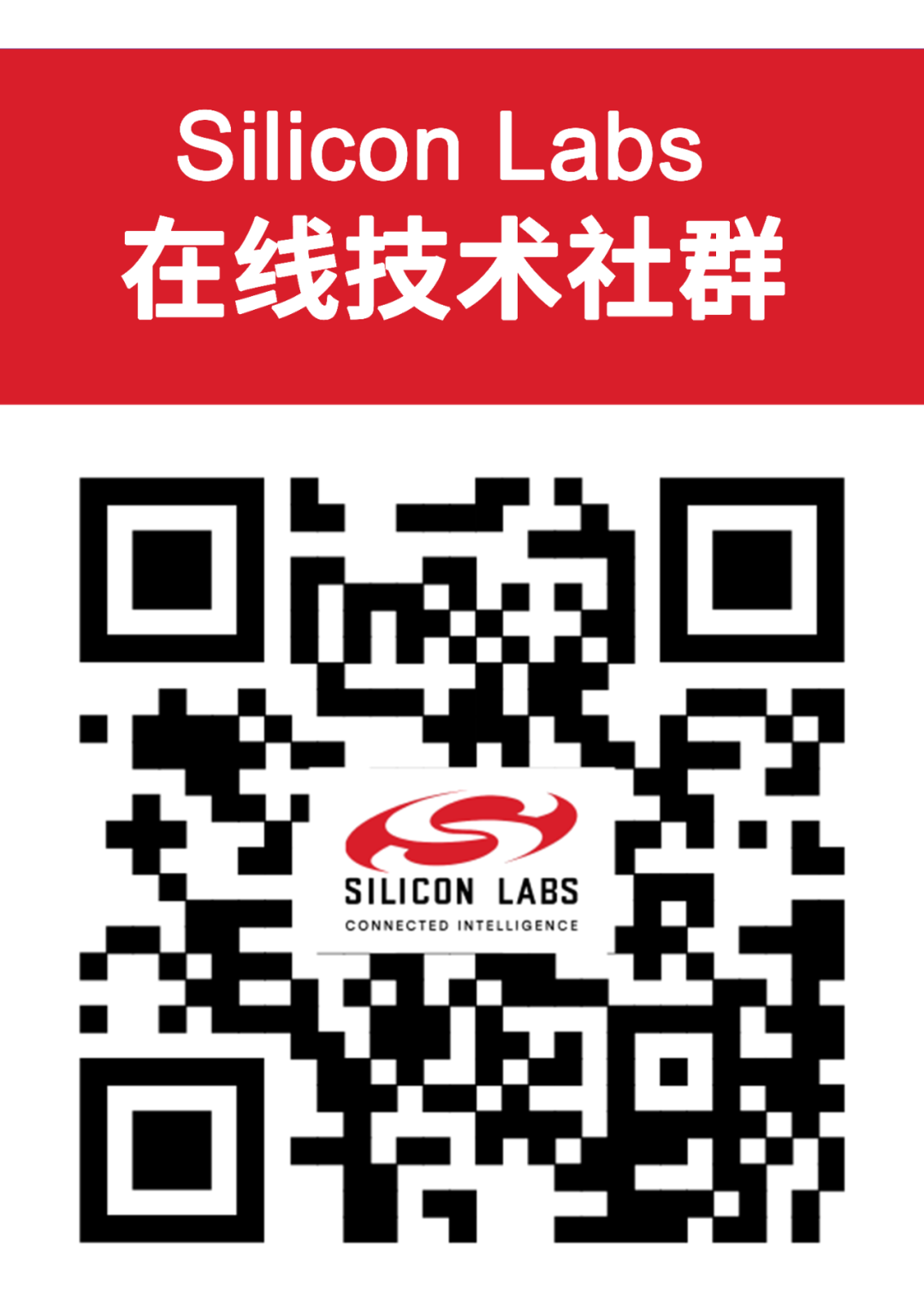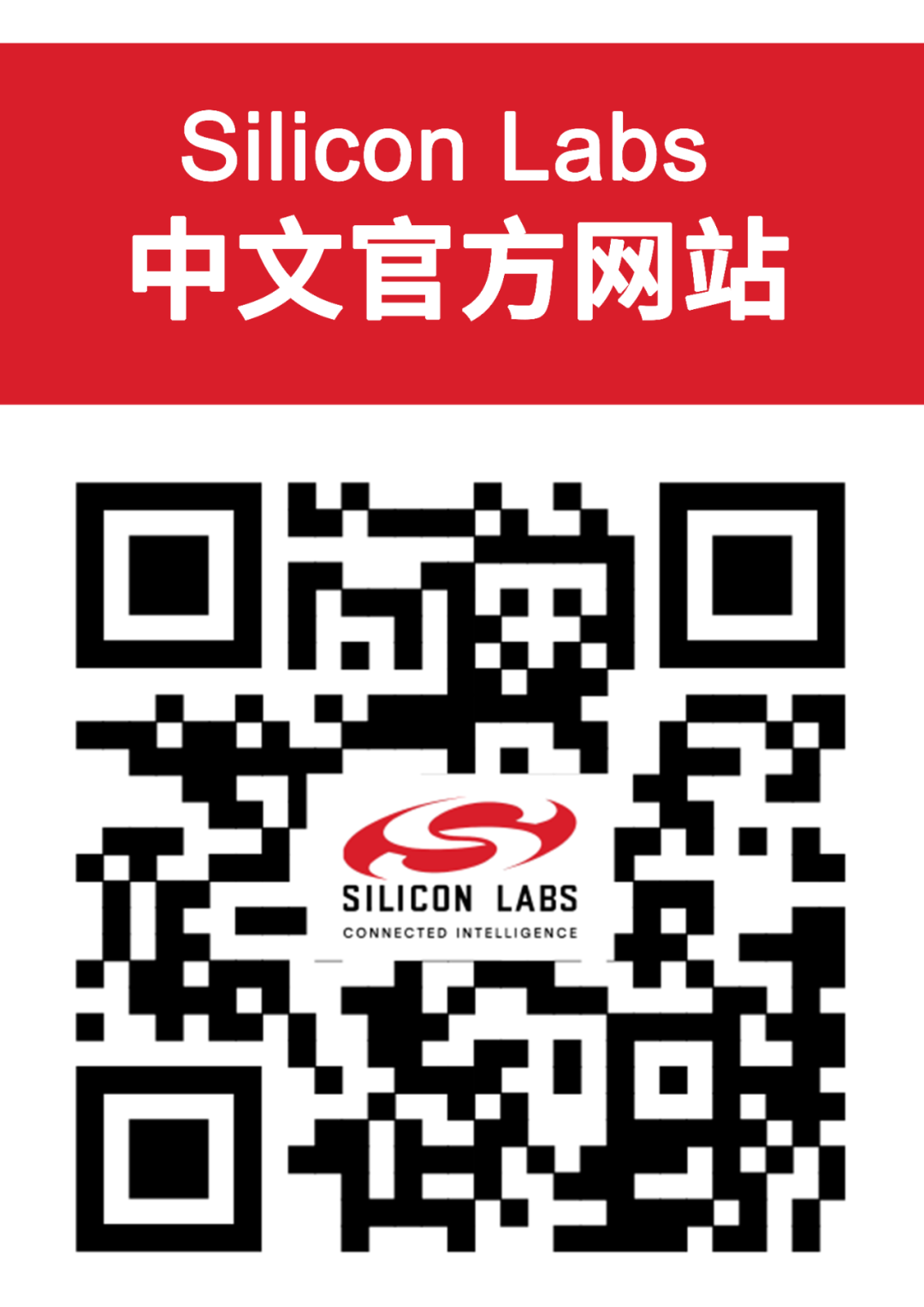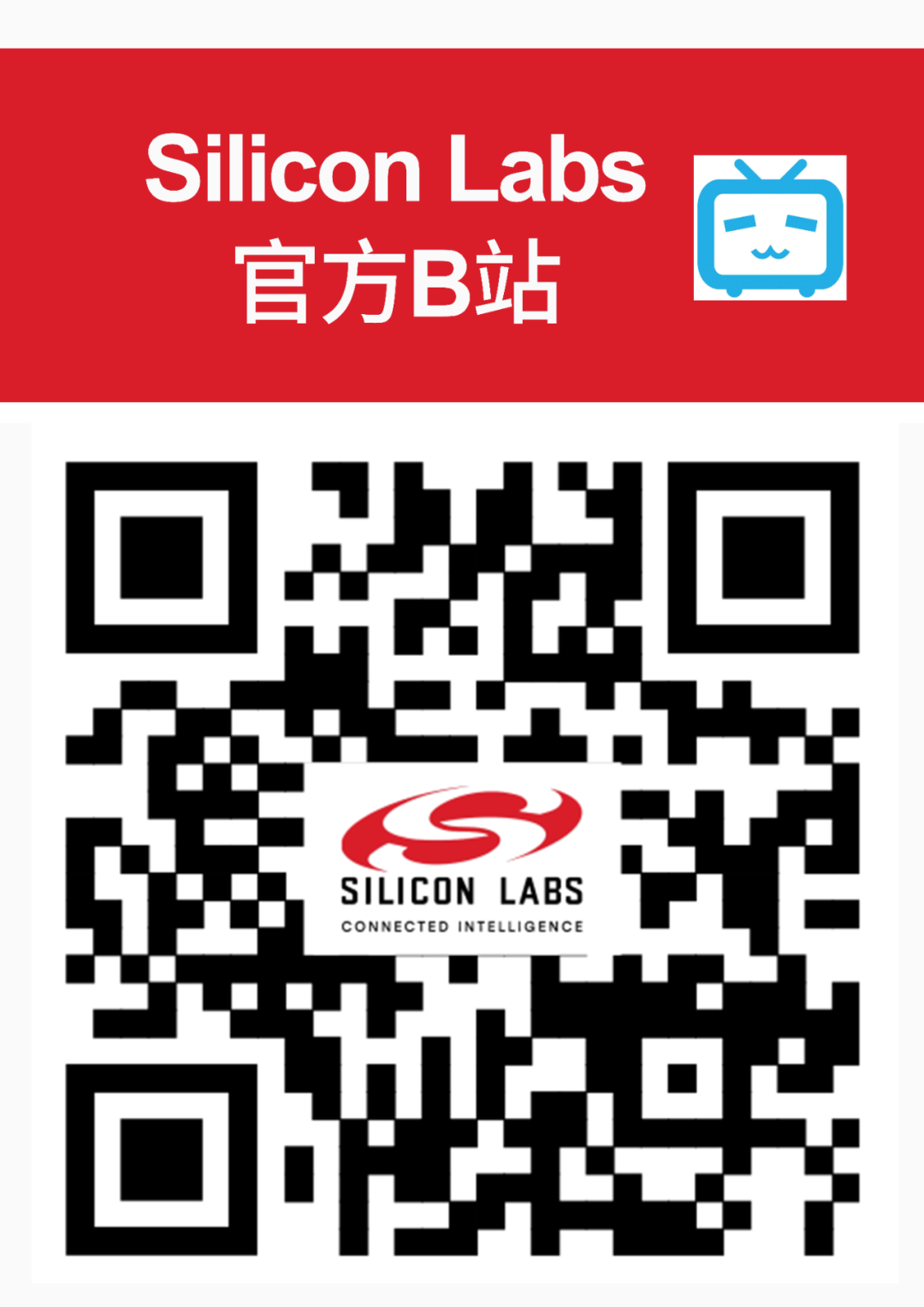
The Internet of Things (IoT) continues to transform various industries, making design decisions around wireless connectivity components increasingly complex. Engineers often face a dilemma when selecting components for their IoT applications, having to choose between IC and wireless modules. Both options have unique advantages and trade-offs that impact design complexity, cost, scalability, and time to market. This blog explores the technical considerations and challenges associated with SoC and wireless modules, drawing insights from Silicon Labs‘ expertise in wireless solutions. We will conduct a technical comparison of IC and modules, highlighting the key differences, advantages, and hidden costs of each approach. Click the Read the full article button at the end for complete content: https://cn.silabs.com/blog/iot-ic-vs-modules-understanding-the-technical-tradeoffs
Understanding SoC and Modules
SoC is a semiconductor device that integrates a processor, memory, and other functional components on a single chip. Engineers designing with IC must develop a supporting PCB, which includes antenna design, RF matching, power management, and other components.
On the other hand, a module is a pre-integrated system that contains an IC and all necessary supporting components, such as RF pins/built-in antennas, EMC shielding, power filtering, RF matching components, antenna components, and global regulatory certifications. The design of modules aims to minimize the hardware environment required to implement a complete solution, thereby reducing design complexity and the workload associated with certification.
Design and Development Considerations for IC
and Modules
RF Design Complexity
-
IC: RF engineers must carefully design and optimize antenna layouts, PCB trace lengths, and matching networks. Even slight differences in layout can degrade signal performance, requiring extensive debugging work.
-
Modules: Pre-optimized RF designs eliminate the need for complex antenna layouts and matching, reducing development time and effort.
Certification and Compliance
-
IC: Products using SoC require regulatory approval for each target market (e.g., FCC, CE , etc.), which can be both costly and time-consuming.
-
Modules: Modules come with pre-certified regulatory approvals, significantly reducing certification costs and risks.
Time to Market
-
IC: The complexity of RF design and certification can delay product launches by 3-6 months.
-
Modules: Faster development cycles enable products to reach the market more quickly, which is a critical advantage in competitive industries.
Cost Analysis
-
IC: Initial component costs are lower, but design and certification expenses are higher. Suitable for mass production where economies of scale justify the investment.
-
Modules: Unit costs are higher, but design and development costs are reduced. Very suitable for medium to low-volume production scenarios.
Hidden Costs of IC
As highlighted in Silicon Labs’ white paper, “The Six Hidden Costs of Wireless SoC Design,” designing with SoC incurs some often-overlooked hidden costs.
-
RF Expertise: Hiring specialized RF engineers can cost between 100,000 and 200,000 dollars annually.
-
Laboratory Equipment: The cost of spectrum analyzers, anechoic chambers, and other RF testing equipment can reach up to 50,000 dollars.
-
PCB Layout: Achieving optimal antenna performance requires iterative PCB design and manufacturing cycles.
-
Certification Costs: Regulatory testing for SoC over five years can exceed 50,000 dollars.
Download the complete white paper: https://www.silabs.com/whitepapers/six-hidden-costs-in-a-wireless-soc-design
SiP (System in Package) vs. PCB Modules
When considering IC and modules, another factor is the form factor used.
SiP Modules
System in Package (SiP) modules integrate multiple components into a single package, providing a compact solution with optimized RF performance, smaller size (less than 12 x 12 mm), pre-integrated components, advanced packaging technologies (e.g., stacked memory), optimized for high-performance applications, and require careful thermal and mechanical design.
PCB Modules
PCB modules consist of a carrier board with components mounted on it. They provide a more straightforward development process and internal prototyping, with more flexible design changes, easier second sourcing, and typically larger sizes (greater than 10 x 10 mm).
SiP Modules for Miniaturized IoT Designs
Silicon Labs’ SiP modules (such as BGM220S) exemplify the advantages of module-based design. These modules feature integrated RF components and shielding, providing excellent size and performance optimization for space-constrained applications such as wearables and smart sensors. The footprint of SiP modules is only 6.5 x 6.5 mm, ensuring robust RF performance while reducing PCB footprint.
When to Choose IC vs. Modules
IC is the ideal choice in the following situations:
-
High volumes justify the upfront design and certification costs.
-
The design team has RF expertise and can utilize advanced laboratory facilities.
-
Custom RF optimization is critical for the application.
Modules are a better choice in the following situations:
-
Speed to market is crucial.
-
Regulatory certification costs need to be minimized.
-
The application requires a compact and standardized design.
Balancing Approach
Choosing between IC and modules depends on specific project requirements, available resources, and business objectives. Silicon Labs has the capability to provide both solutions, ensuring that customers can seamlessly transition from using modules to using SoC as their production scale and design capabilities grow. By working with a single supplier, companies can protect their software investments and optimize their IoT designs for long-term success.
Scan the QR code below to follow Silicon Labs on social media platforms

